Peanut Harvest
Hello Steemians
this time I will share some pictures I took this afternoon while we were harvesting peanuts in the field near my house
Let's Seen Them!
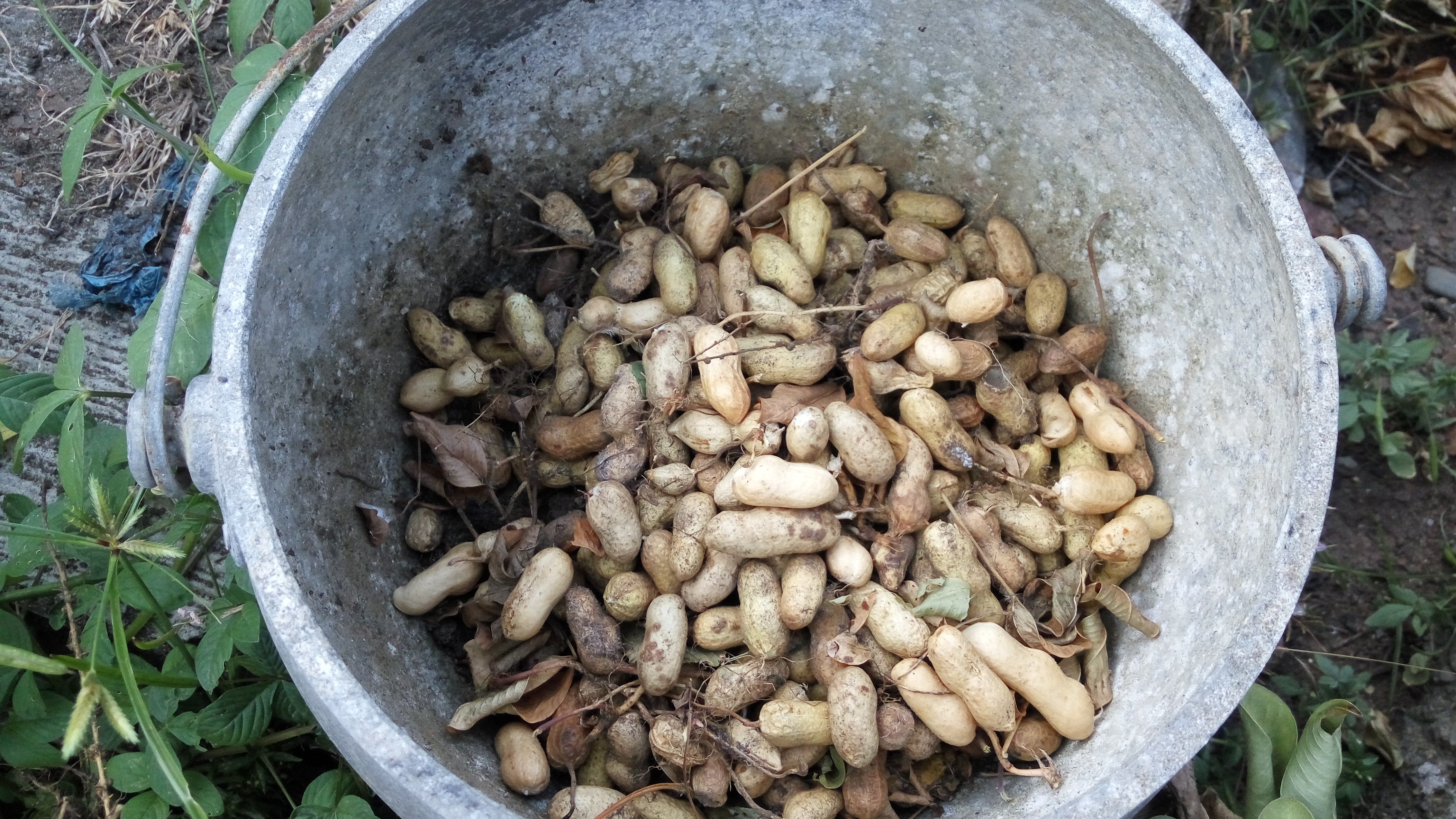
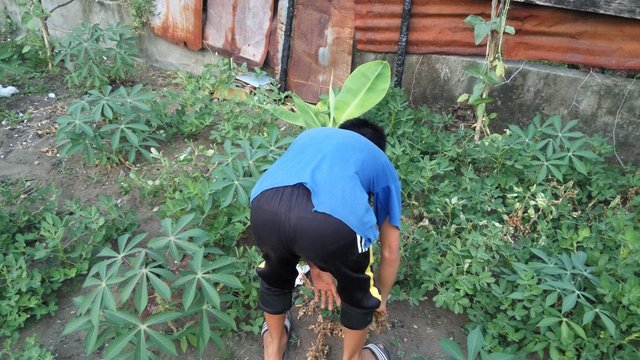
but I don't help them harvest because I just help eat it :'))
Do you know what is the Peanuts?
Peanut (Arachis hypogaea L.) is a leguminous or legume plant belonging to the cultivated tribe of Fabaceae, and becomes the second most important bean after soybeans in Indonesia. [1] Plants originating from the American continent grow in shrubs as high as 30 to 50 cm (1 to 1½ feet) with small leaves compounded.
This plant originated in South America precisely Brazillia, but now has spread to tropical or subtropical worlds The entry of peanuts to Indonesia in the 17th century is estimated to be brought by Spanish, Chinese or Portuguese traders while making their voyages from Mexico to Maluku after 1597 In 1863 Holle included Peanuts from England and in 1864 Scheffer included Peanuts from Egypt, the People's Republic of China and India is now the world's largest peanut producer.
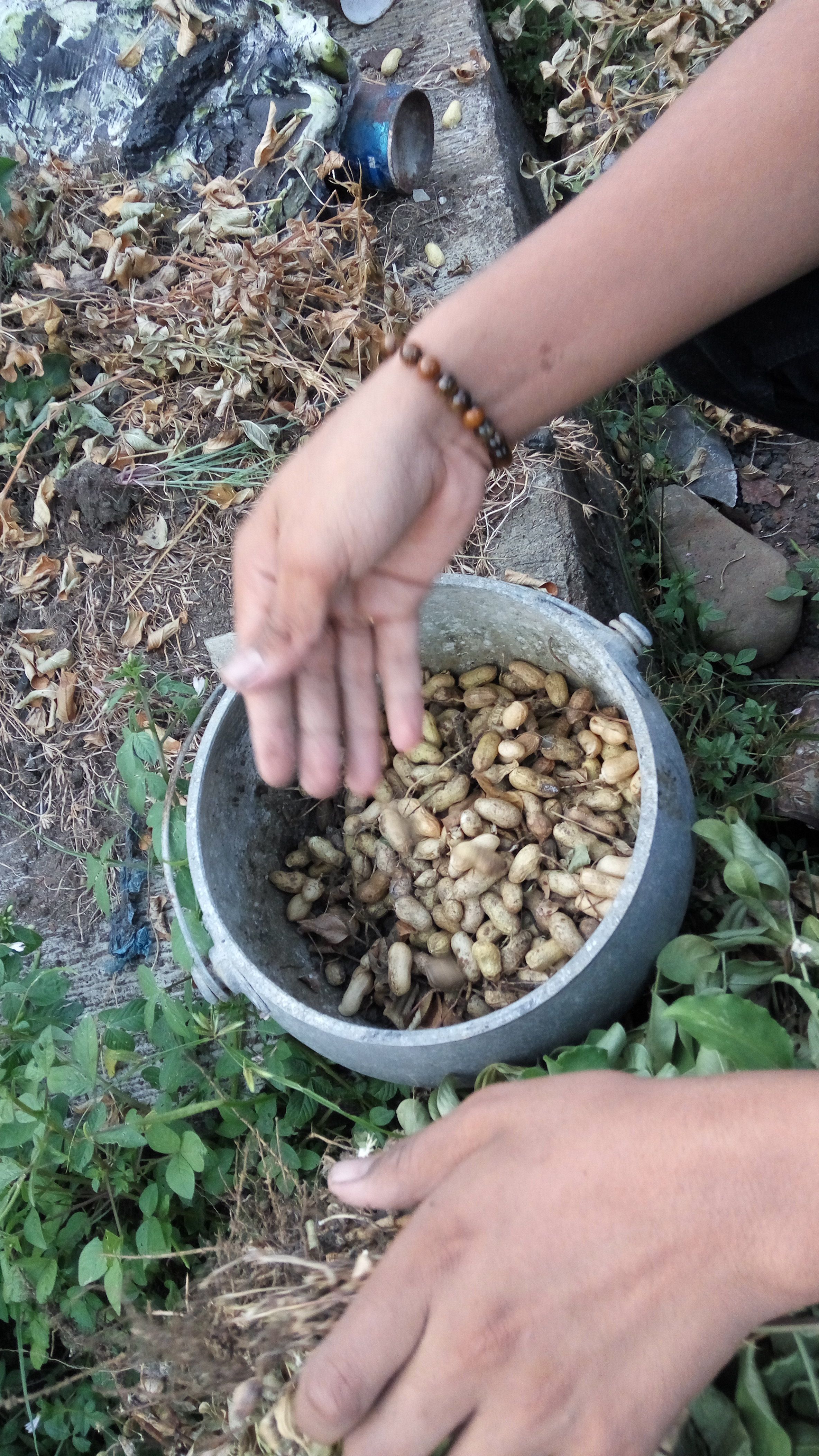
Peanut plants can be used for fodder, while the seeds are used as a source of vegetable protein, oil and others [2].
As a cultivated plant, peanuts are mainly harvested with seeds rich in protein and fat. hese seeds can be eaten raw, boiled (inside pods), fried, or roasted.In the United States, peanut kernels are processed into a kind of jam and a lucrative food industry.Peanut oil production accounted for about 10% of the world's cooking oil market in 2003 according to FAO.In addition to harvested seeds or pods, peanuts are also harvested forage (leaves and stems) for fodder or a green manure.
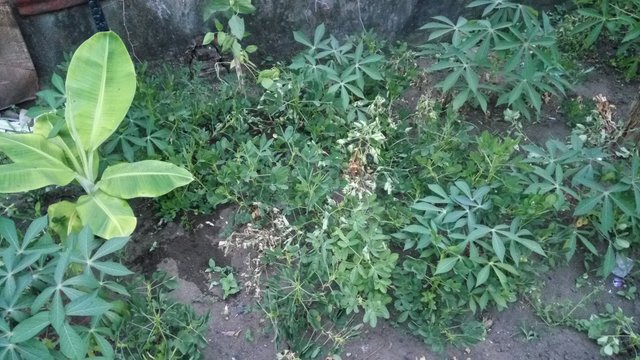
Peanut cultivation in Indonesia is divided into two types
-Type upright
Type This bean grows straight or slightly tilted upwards, the fruit is on the segments near the clumps, generally short matured and maturity fruit in unison.
-Type creep
This species grows to the side, the main stem is long, the fruit is on the sections adjacent to the ground and um long live. The propagating type is preferred because it has a higher yield potential.
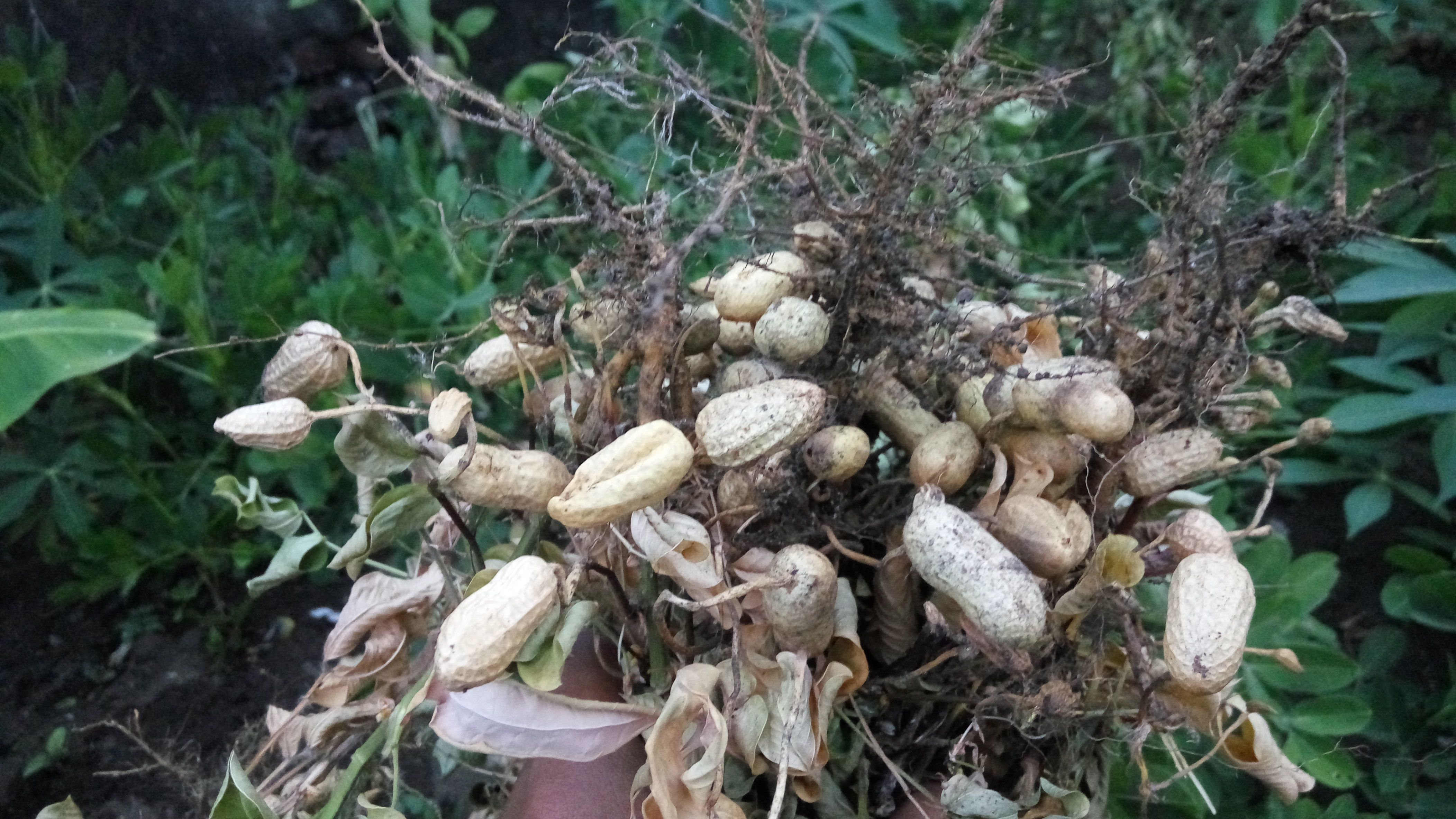
Nutrition Content [edit | edit source]
Peanuts are rich in fat, contain high protein, iron, vitamin E and calcium, vitamin B complex and phosphorus, vitamin A and K, lecithin, choline and calcium. [3] Protein content in peanuts is much higher than meat, eggs and soya beans. [3] Has a sweet taste and is widely used to make various types of cakes [3].
Peanuts are also said to contain ingredients that can nurture the body's resistance in preventing some diseases. [1] Eating an ounce of peanuts five times a week is reported to prevent heart disease [1]. Peanuts work to increase the ability of the heart pump and lower the coronary heart disease resoki. [1] Eating a handful of peanuts every day, especially diabetic patients can help the lack of substances. [3]
Peanuts contain Omega 3 which is polyunsaturated and Omega 9 which is a monounsaturated fat. In 1 ounce of peanuts there are 18 grams of Omega 3 and 17 grams of Omega 9.Peanuts contain phytosterols which can actually lower cholesterol and triglyceride levels, by blocking the absorption of cholesterol from foods circulated in the blood and reducing the cholesterol uptake of the liver, while maintaining HDL cholesterol.Peanuts also contain arginine that can stimulate the body to produce nitrogen monoxide that serves to fight tuberculosis bacteria.
Studies show peanuts can be as lowering high blood pressure as well as blood cholesterol, impressive to relieve hemophilia or bleeding tendencies, diseases of whiteness and insomnia.However Peanuts are strongly prevented in those who are facing breast cancer and who have acne problems or acne are also advised to stop eating peanuts.
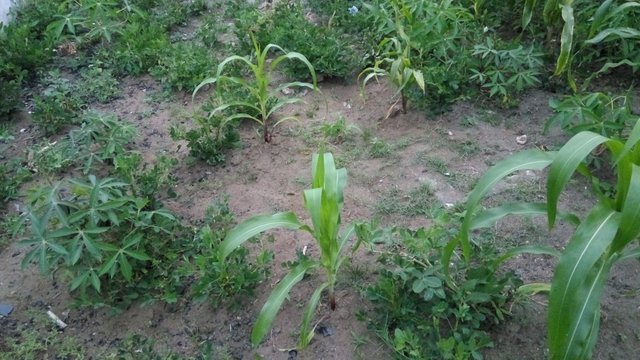
Climate
a) Appropriate rainfall for peanut crops between 800-1300 mm / year. Rain that is too hard will result in falling out and
flowers are not pollinated by bees. In addition, continuous rain will increase the humidity around peanut crops.
b) The air temperature for peanut plants is not too difficult, because the minimum air temperature for peanuts grows around 28-32 degrees C. If temperatures below 10 degrees C cause plant growth slightly hampered, even dwarf due to flower growth is less perfect.
c) Humidity of air for peanut plants ranges from 65-75%. The presence of high rainfall will increase the moisture is too high in the surrounding crop.
d) Full sunlight exposure is very necessary for peanut plants, especially leaf fertility and the development of nut.
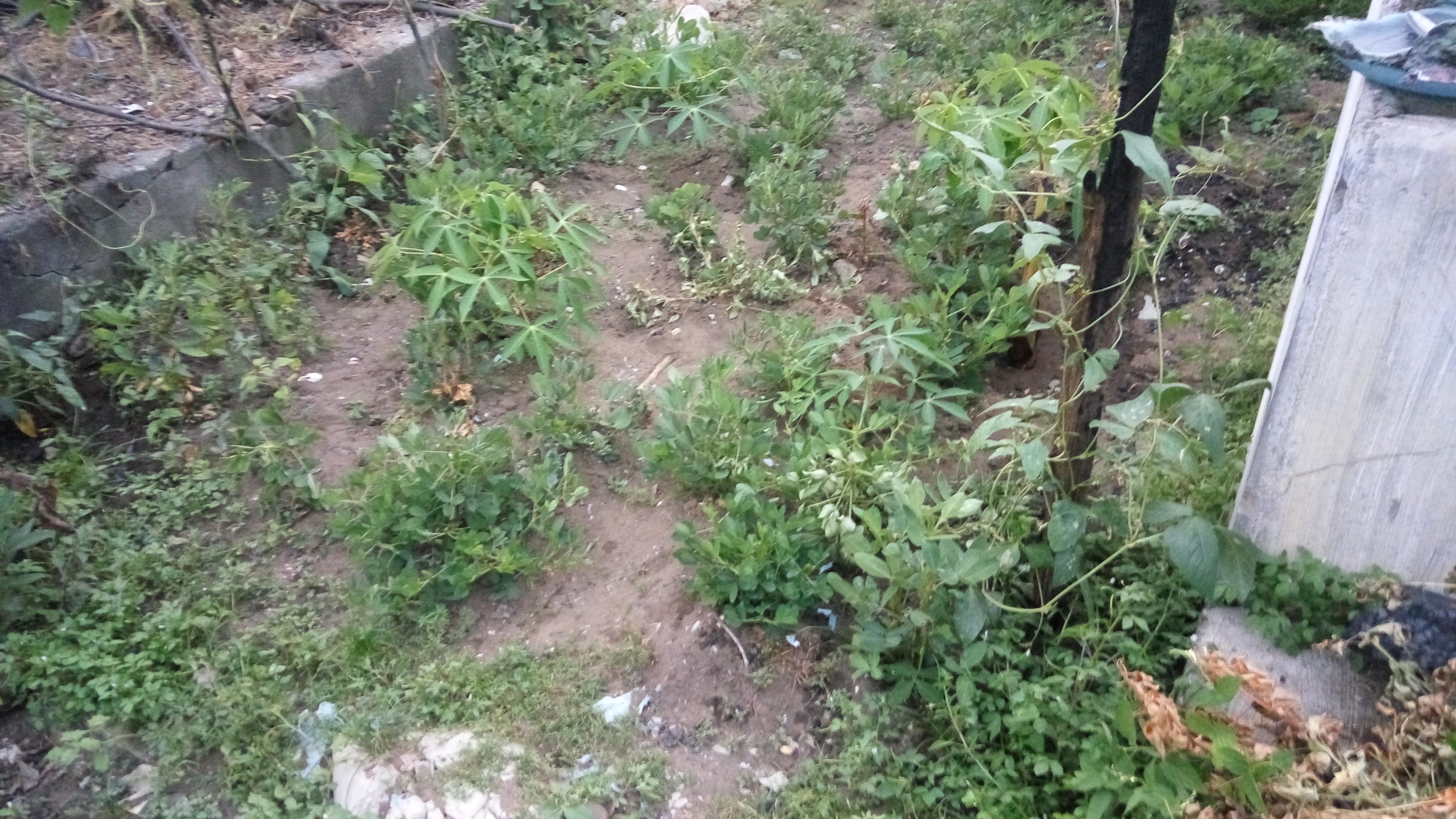
Media Planting
a) The type of soil suitable for peanut crops is a loose / mild and fertile soil type.
b) The degree of soil acidity suitable for peanut cultivation is a pH between 6.0 and 6.5.
c) Lack of water will cause skinny, dwarf, wilt and eventually die. The water that plants need comes from springs or water sources that exist around the planting site. The soil is well drained and coarse or the land is not too muddy and not too dry, good for the growth of peanuts.
Elevation Place
The height of a good and ideal place for peanut plants is at an altitude between 500 m asl. Specific types of peanuts can be planted at the height of a certain place to grow optimally.
Thanks for visiting my blog Guys



Good job
Thank you bro
best of luck friends...